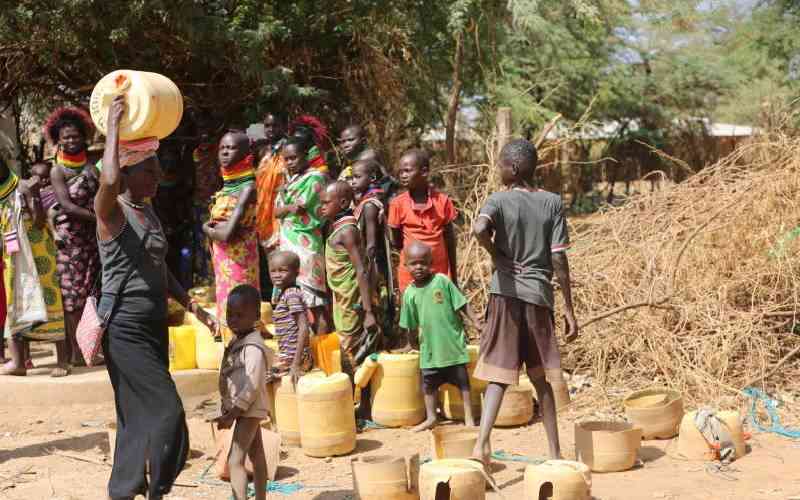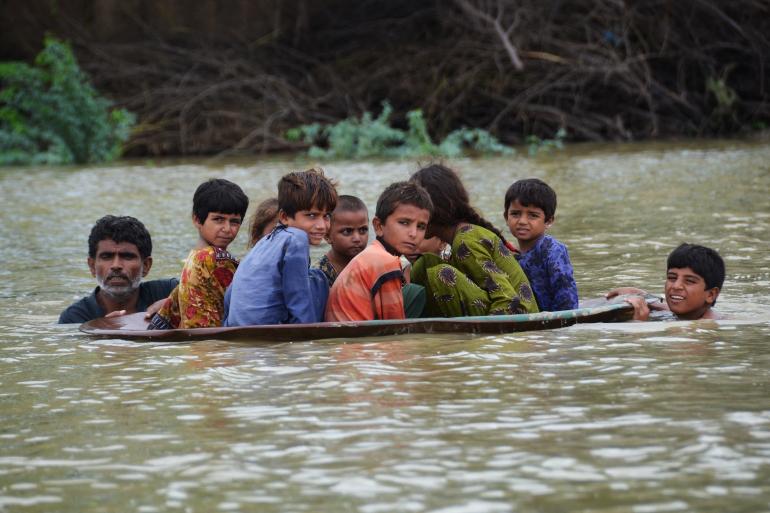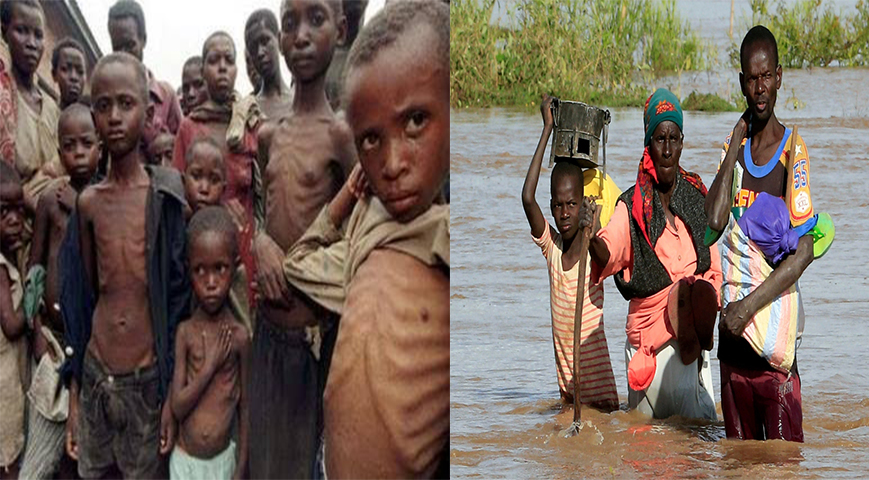Disasters brought on by global warming have resulted in the displacement of at least 187,000 children in Kenya.

The number of children claimed to have been uprooted by comparable disasters in 2022 increased from the 27,000 reported in 2021.
Some of the children were forcibly relocated more than once. According to data from the Internal Displacement Monitoring Center, others were made to live in camps and other temporary arrangements, which concentrated on Garissa, Isiolo, Marsabit, and Turkana counties.
Did you read this?
The impact of climatic shocks on children is quite concerning, according to Yvonne Arunga, Save the Children's Country Director for Kenya, since when they lose their houses, they lose practically everything.

“They lose their access to healthcare, education, food, and safety. They also lose the building blocks for mental and emotional stability and wellbeing, like a sense of routine, their friends, and the right to play,” she said
In sub-Saharan Africa, the number of new internal displacements resulting from such disasters in 2022 was three times more than the previous year, with 7.4 million new displacements as opposed to 2.6 million in 2021.
Even if they were allowed to return home before the end of the year, the numbers reflect the number of times people were moved—sometimes multiple times for one person.

A Children’s Environmental Rights Initiative report notes that even though more than a billion children are in great danger from the effects of the climate crisis, just 2.4% of important global climate funds can be categorized as supporting child-responsive activities.
"We need to urgently scale up climate finance and support adaptation measures that protect children from the worst effects of climate change. We must also ensure that children have access to essential services such as education and healthcare, regardless of their displacement status,” explained Arunga.









